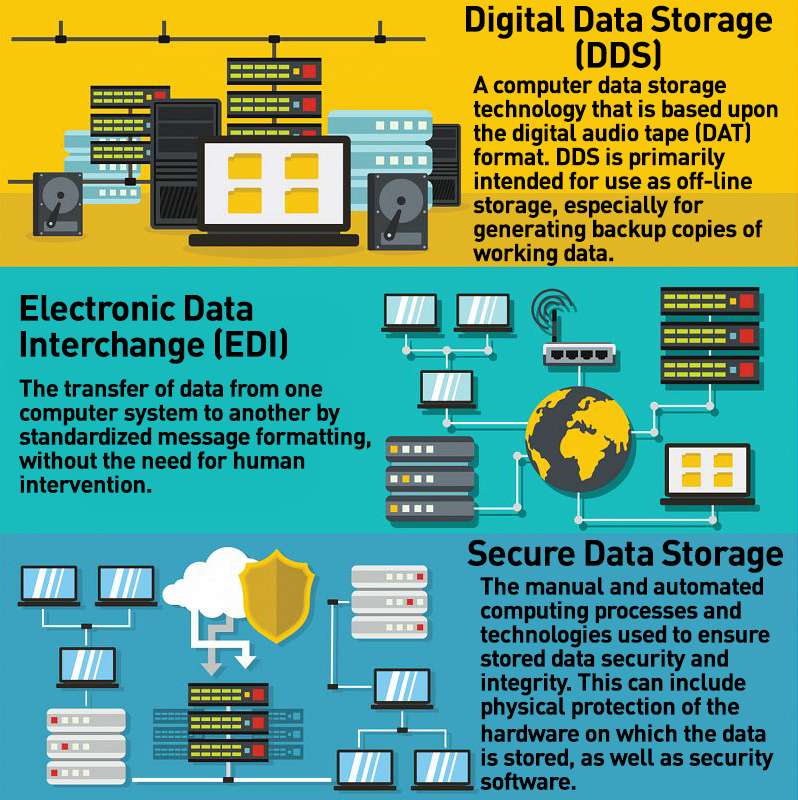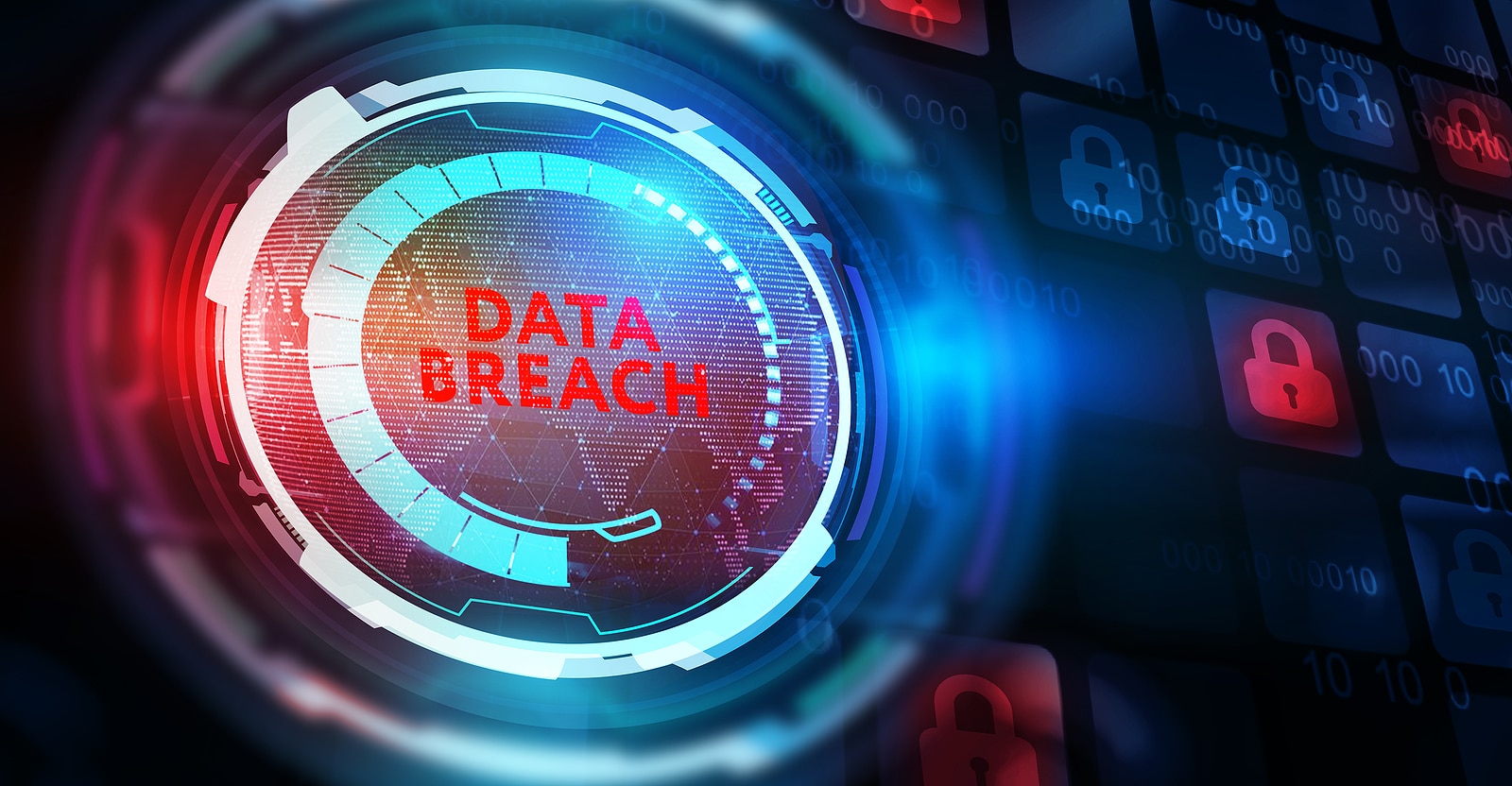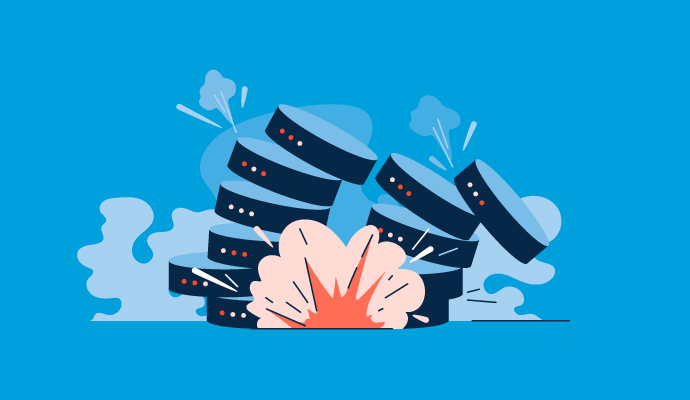Enhancing Cyber Security through Advanced Data Destruction Methods
Enhancing Cyber Security through Advanced Data Destruction Methods
Blog Article
The Relevance of Effective Information Destruction Practices in Safeguarding Sensitive Info and Ensuring Computer Protection
In a period where information violations are significantly typical, the importance of reliable data damage practices can not be overstated. Applying robust data devastation methods not just mitigates these threats yet also lines up with lawful compliance needs, guaranteeing that organizations copyright their reputation and foster customer trust fund.
Recognizing Information Damage
Understanding data damage is crucial in today's electronic landscape, where sensitive information can quickly be jeopardized. Reliable information destruction involves not just guaranteeing but erasing files that data is irretrievable via comprehensive techniques. This process is necessary for organizations that manage private customer info, copyright, or inner papers, as any kind of breach can cause serious economic and reputational consequences.
Information destruction incorporates numerous techniques, consisting of shredding physical media, degaussing magnetic storage space gadgets, and using software-based services that overwrite data several times. Each approach serves a specific purpose and needs to straighten with the sensitivity of the information being taken care of. For instance, physical devastation is usually preferred for difficult drives consisting of very private information, while software application techniques might be enough for much less delicate info.
Additionally, adhering to market standards and laws, such as the General Information Protection Guideline (GDPR) or the Medical Insurance Portability and Liability Act (HIPAA), is critical for compliance and to alleviate lawful dangers. Organizations needs to establish a durable data devastation policy, train staff members on finest techniques, and regularly audit their treatments to make sure that all delicate information is disposed of safely and properly.
Risks of Inadequate Practices
Poor data devastation methods reveal organizations to considerable dangers that can have far-reaching effects. When delicate information is not effectively thrown away, it stays at risk to unapproved accessibility, which can lead to data violations and identity theft. Such events not only jeopardize the protection of people however likewise stain the organization's track record, resulting in a loss of customer trust and prospective economic consequences.
Furthermore, governing conformity is progressively rigid in many industries. Failure to follow data devastation guidelines can cause large penalties and lawsuits against companies. These fines can strain funds and draw away interest from core organization operations.
Furthermore, the misuse of recurring information can result in intellectual home burglary or corporate reconnaissance, threatening competitive advantages (data destruction). The influence of insufficient information damage extends beyond prompt monetary losses; it can also cause long-term damage to brand integrity and market setting

Organizations must recognize that information safety is not only about protecting against breaches; it additionally encompasses the accountable administration of information throughout its lifecycle. Ignoring reliable data damage procedures can have tragic implications, underscoring the need for robust procedures to alleviate these risks.
Ideal Practices for Information Devastation
Carrying out effective information devastation practices is important for guarding sensitive information and maintaining compliance with regulative criteria. Organizations must adopt a multi-faceted approach to make sure that data is irretrievable, thereby stopping unapproved accessibility and potential breaches.
First, data need to be categorized based on level of sensitivity, enabling companies to apply appropriate devastation methods customized to the level of risk. For electronic information, utilizing software-based data-wiping tools that abide with industry criteria can successfully overwrite existing information. Physical damage techniques, such as shredding or degaussing, are vital for tools that store sensitive details, making sure complete elimination.
Developing a clear data retention policy is important, detailing the length of time different sorts of info should be maintained before devastation. Routine audits of information storage systems are also essential to recognize unneeded or outdated information needing removal.
Moreover, training employees on the significance of data destruction and the certain methods to adhere to fosters a society of security within the organization. Lastly, preserving documentation of data devastation processes gives responsibility and sustains compliance with exterior guidelines and internal policies. By sticking to these finest techniques, companies can significantly minimize the threats linked with information exposure.
Legal and Compliance Factors To Consider

Failing to abide by these policies can result in serious charges, including considerable fines and reputational damages. Organizations needs to implement a durable data destruction policy that straightens with these lawful structures and gives clear standards on the proper approaches of information disposal, whether physical shredding or electronic wiping.
Additionally, preserving documentation of data damage activities is vital for showing conformity during audits or assessments. By focusing on lawful and compliance factors to consider, organizations can enhance their data safety and security position and foster depend on with stakeholders and clients, ultimately adding to a much more safe and secure data management atmosphere.
Advantages of Effective Information Devastation
Efficient information damage practices prolong past mere compliance; they provide significant advantages to organizations that prioritize them. By making certain that sensitive info is irretrievably destroyed, organizations reduce the threat of information breaches and the possible monetary effects linked with them. This aggressive strategy not just safeguards against unapproved access but likewise boosts the general trustworthiness of the company in the eyes of clients and stakeholders.
Executing robust data devastation methods, such as physical damage of storage space tools or advanced information wiping methods, contributes to the strengthening of a company's cybersecurity posture. data destruction. It lowers the possibility of intellectual residential property burglary and safeguards proprietary details, thereby maintaining a competitive side out there

Final Thought
In final thought, reliable data devastation techniques are essential for securing sensitive details and improving total computer system security. By applying detailed methods such as software, degaussing, and shredding overwriting, companies can reduce the dangers associated with unauthorized accessibility and information breaches. Adherence to regulative criteria, consisting of GDPR and HIPAA, more reinforces conformity and protects versus lawful effects. Ultimately, a commitment to durable information damage methods promotes a society of duty, therefore reinforcing an organization's cybersecurity pose and preserving client count on.

Report this page